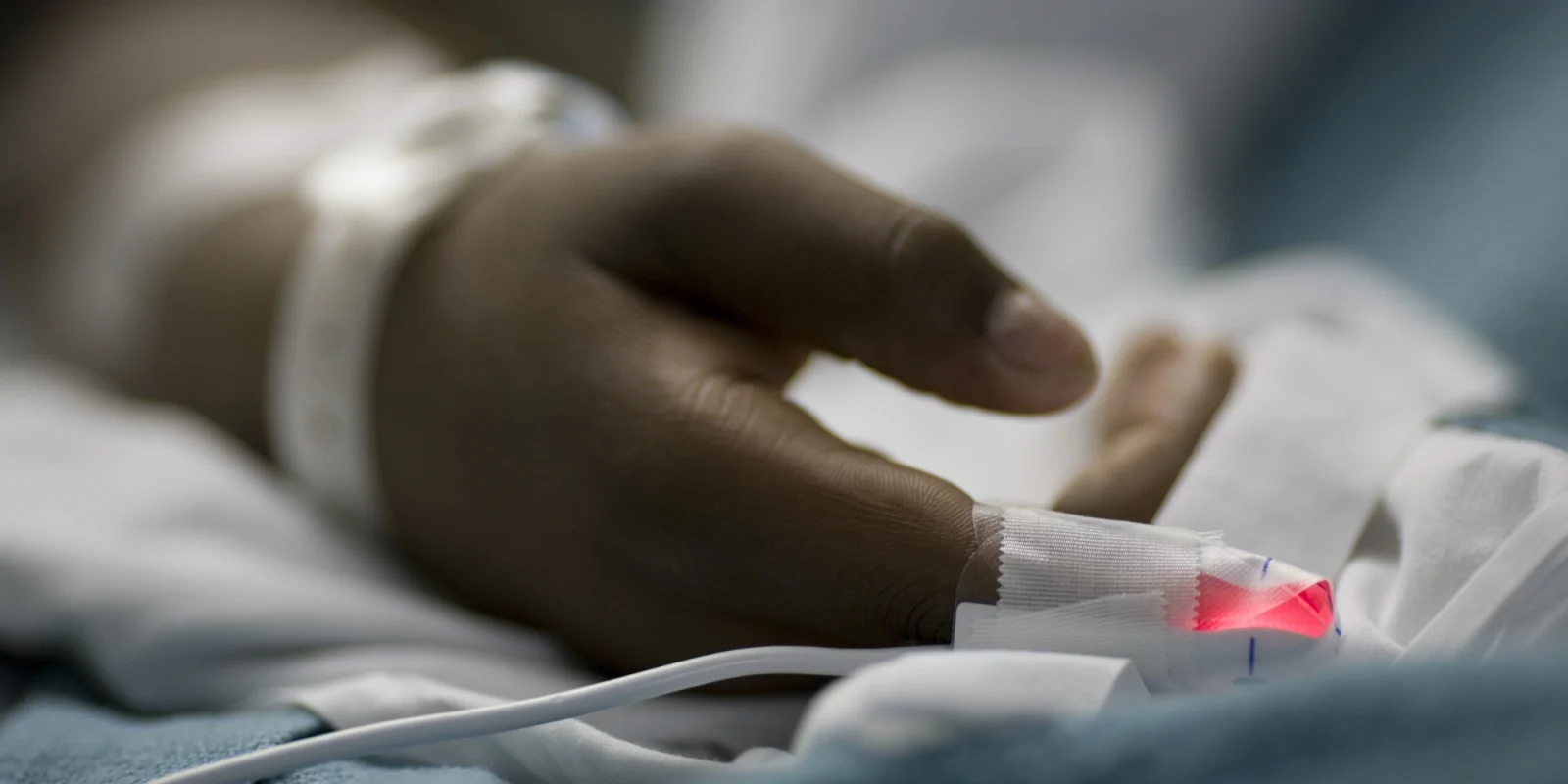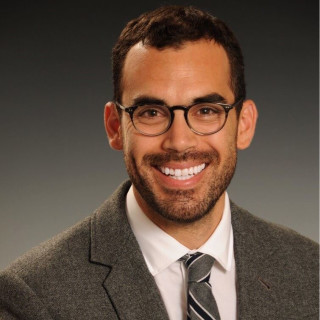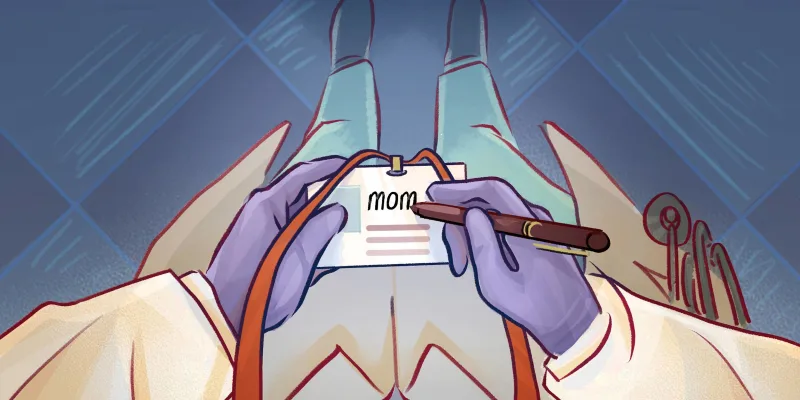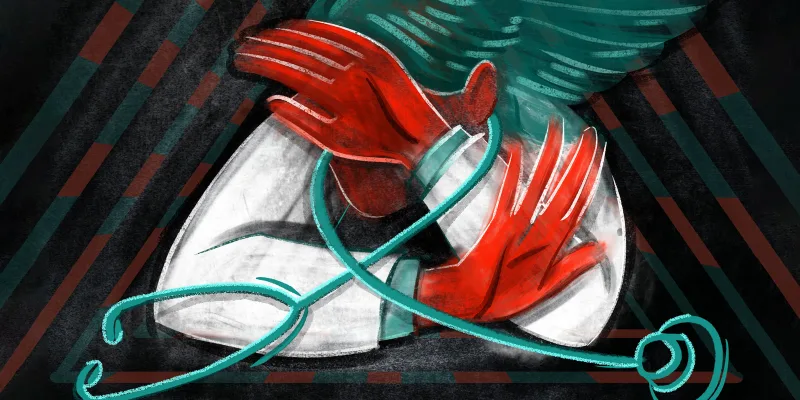
Mr. B was a black American gentleman who presented to our emergency department (ED) at the University of Maryland, Shock Trauma with an acute abdomen. As a first-year General Surgery resident, I knew this patient — the differential diagnosis, the work-up, the need for an emergency operation. The initial interview was completed, labs were drawn, imaging ordered, and consults placed. But like many of the patients I’d seen and treated over the last year, Mr. B revealed himself to be more than just a patient needing an operation.
Perusing Mr. B’s health records down in the ED, I saw a history of HIV, hypertension, intravenous drug use, a distant history of a left lower extremity gunshot wound. But his medical care was sporadic, at best. He did not have any current medications or outpatient clinic notes on file. There were a few emergency room visit notes, some distant inpatient notes, and scarce laboratory and vital sign results. His was a reality that I had become familiar with: the patient with acute surgical needs, in a background of unaddressed chronic medical challenges.
During the interview, Mr. B gave a thorough account of the events leading up to his presentation. He reported a few days of abdominal pain, more prominent in the right lower quadrant (RLQ), which had become unbearable. He was febrile on presentation, physical exam confirmed severe tenderness at the RLQ, and labs revealed a prominent leukocytosis. Suspicions were high for acute appendicitis which was confirmed via CT scan. He was urgently taken for a laparoscopic appendectomy, which he tolerated well, and was transferred to the surgical floor postoperatively.
What came next has been a surprising but routine reality as a new surgical trainee. Mr. B’s recovery from his surgery was unremarkable other than the occurrence of a postoperative ileus. But over the course of his hospitalization, I learned that Mr. B had spent his entire life in Baltimore where he had been intermittently homeless. He was currently living with his sister, but it was temporary housing. He was not on antiretroviral therapy for treatment of his HIV, which had been diagnosed seven years prior. His labs consistently revealed blood glucose levels between 150 and 250. His blood pressure was persistently elevated, and he denied taking antihypertensives as an outpatient. He disclosed that he was enrolled in a methadone program and was a current smoker with a 60-pack-a-year history.
Now, as a surgical trainee in Baltimore, my understanding of what it means to be a general surgeon has shifted from when I was a medical student in rural New Hampshire. My expectation was that I would exchange my stethoscope for a scalpel, that I would forget about the drudgeries of managing chronic illness, that my job would focus purely on surgically-correctable pathologies and their complications. What I didn’t realize was the responsibility that would come with being the only medical contact for a marginalized patient population.
Baltimore, like so many cities, is home to a population with major health and economic disparities. One-third of households make less than $25,000 per year, and it is a population with consistently higher rates of diabetes, hypertension, infectious disease, and a lower overall life expectancy (Baltimore City Health Department, September 2017). Many of Baltimore’s citizens live in hardship with crowded housing, unemployment, high violence, and health disparities.
In light of this reality, what is my responsibility to patients like Mr. B? Patients lost to medical attention, who find themselves in the hands of a surgeon? We treated Mr. B’s hypertension and HIV as an inpatient with the appropriate medications and consults. We gave him a diagnosis of diabetes by investigating his persistently elevated blood sugars. We started him on an insulin sliding scale, and contact was made with our endocrinologists. We continued his methadone and counseled him on smoking cessation. We provided medications for discharge, including antihypertensives, metformin, and nicotine patches. We scheduled outpatient clinic appointments with surgery and the appropriate specialists. Mr. B was with our service for roughly two weeks as we managed his illness and set up a safe discharge. During that time, we acted as Mr. B’s “primary care surgeons.”
After Mr. B left us, I followed up with his electronic medical record and I am happy to say that he has shown up to his outpatient visits and appears to be compliant with his management.
To be a great surgeon one needs to be proficient in anatomy, in preoperative and postoperative management, in manual dexterity and muscle memory. But the surgeon cannot forget the promise they made when graduating from medical school, to “apply, for the benefit of the sick, all measures which are required.” It is necessary to see the patient as more than their urgent surgical needs. It is necessary to see the patient as a person whose long-term, routine health care affects their ability to engage in meaningful work, to love, and to live a quality life.
Ace St. John is from southern California and received his medical degree from Dartmouth School of Medicine in New Hampshire. He is now a General Surgery resident at the University of Maryland.






